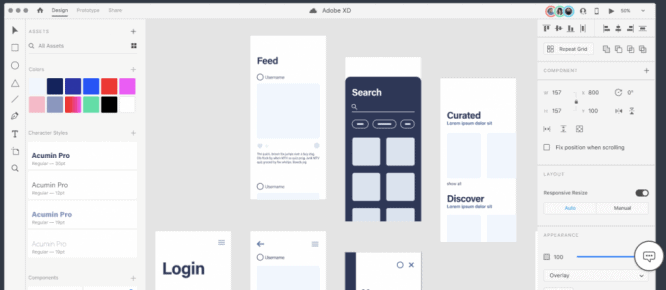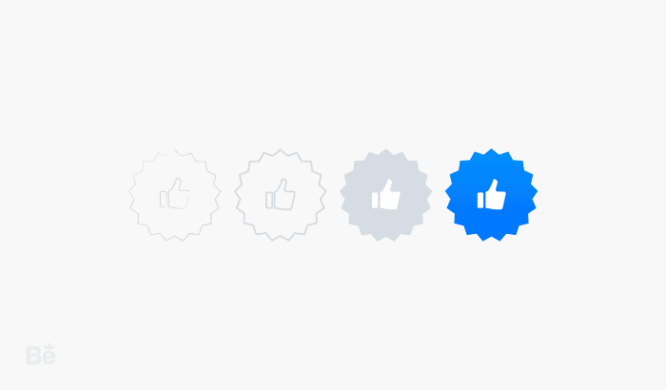6 tips for budding designers
What does it mean to be a designer in 2021? Roughly speaking, the main task of the designer is to convey information to the viewer or reader using an image. Graphic designers find themselves in marketing, various fields related to technology, art. And everywhere they do about the same thing.
What a designer does every day depends on the industry in which he works. But the set of skills, regardless of the specifics of the industry, remains unchanged. In this article, we will look at what you need to be able to become a designer, what tools are used most often, what projects designers of different levels are working on, and so on. Go!
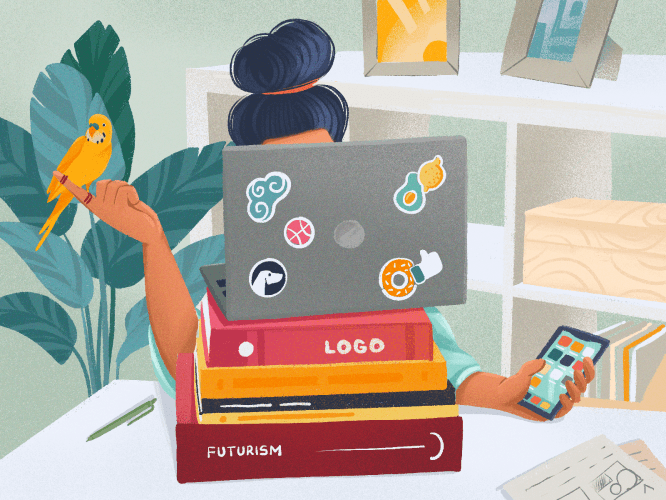
Required skills
Definitely, designers don’t build houses and don’t dig trenches. However, they need to understand basic design principles, know color theory, and even have an understanding of working in typography, not to mention creativity. Management and organizational skills, as well as the ability to work in a team, will also be a huge advantage.
Of course, you can develop all these skills by reading books and articles, watching courses, attending workshops. But practice will never fully replace anything.
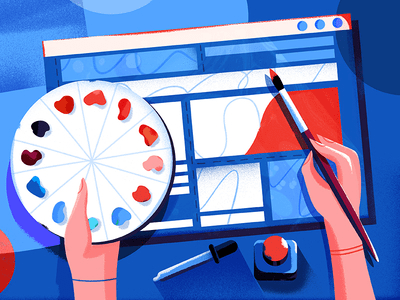
Software used by designers
The designers worked for a long time at the tables, with a paper knife in one hand, a tube of glue in the other and paper in front of them. With the advent of computers, the workflow has become faster and more flexible (less smelly too).
Designers use a wide variety of software, from photo editing software to magazine layout software. For many years, Adobe has been a near monopoly in the industry, but more recently, competitors have begun to emerge.
If you are a beginner, try different options to find the most suitable and convenient tool for you. However, if you are looking for a smoother, more flexible workflow, look out for out-of-the-box programs like Adobe Photoshop and Adobe Illustrator, for example.
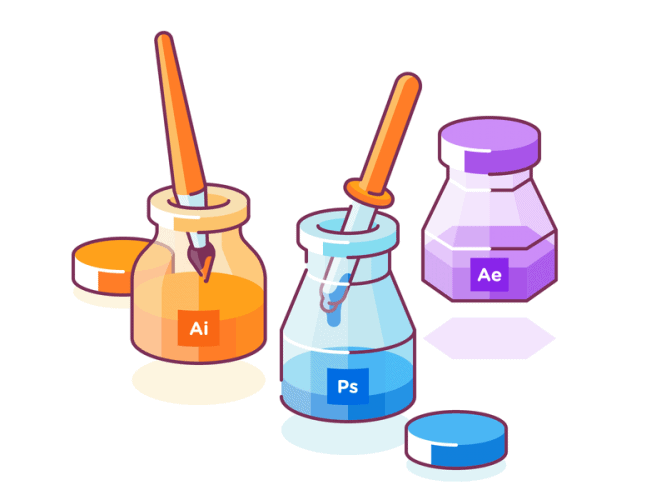
Project types
Depending on the industry, graphic designers can work on a variety of projects, from logos to covers and even posters for public transport. For websites, it is also often necessary to edit photos, create illustrations or create icons (although web designers do this too).
Here is a short list of projects that any designer might come across:
- logo and brand design in general
- cover design
- design of posters, flyers and brochures
- packaging design
- design for social networks
- website design
- marketing materials
- digital illustrations
- advertising
- presentations
- infographic
- T-shirt design
Some designers do a little bit of everything, depending on what the customer or their company specifically needs. Others specialize in specific tasks such as designing covers or posters, for example. Often the services of a specialized designer are worth more than the services of a “general designer”, especially if the former also has a decent reputation.
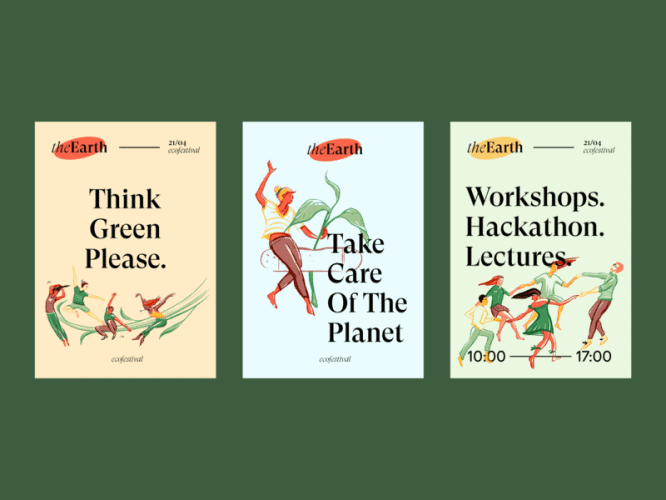
Work with clients
Many designers work directly with clients, both at home and in the office. Moreover, the client is both your friend, for whom you are designing a T-shirt, and the director of the company, who asked you to edit photos from your son’s wedding.
Before starting work, you need to familiarize yourself with the task (and, believe me, it is often not as easy as it seems, because sometimes the clients themselves do not understand what they need), get feedback from the customer in the process of work, and finally successfully pass it.
According to designer Radostina Georgieva, communication with a client is the key to successful work.
I always start by discussing my goals and expected results. I always listen carefully to the client and collect information bit by bit. When the big picture has already emerged, I start collecting references, searching for keywords for the slogan, and so on. Having accumulated enough, I present all the developments to the client, and only after approval I move on ”, – Radostina Georgieva, independent designer.
…
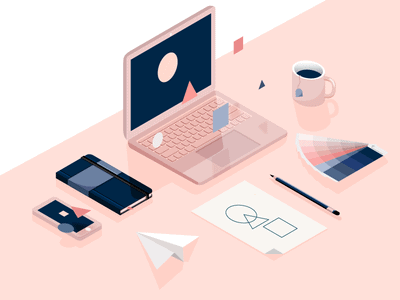
The working process
It all starts with defining the scope of work and setting the task. It is not enough just to ask the client, you still need to research the market, understand the demand, and analyze potential competitors.
Further, using any suitable software, the first developments are made, which are then shown to the client. It is important to do this in order to determine if the designer started working in the right direction. Such initial drafts may include the intended color palette, sample images (even watermarked images may be used), and layout examples.
In the process of work, intermediate versions can be shown to the customer several times before the work moves to the final stage. If you plan to use stock images, they will also be bought at the very end, after the final approval by the customer.
When the final version with all the details is approved (including also technical requirements such as the format suitable for the printer), the final version is already created. However, this is not all. The final version also goes through a series of checks and approvals. You must make sure that all requirements are met, the text is proofread for typographical errors, all details and necessary elements are in place. And finally, you can submit your project to print.
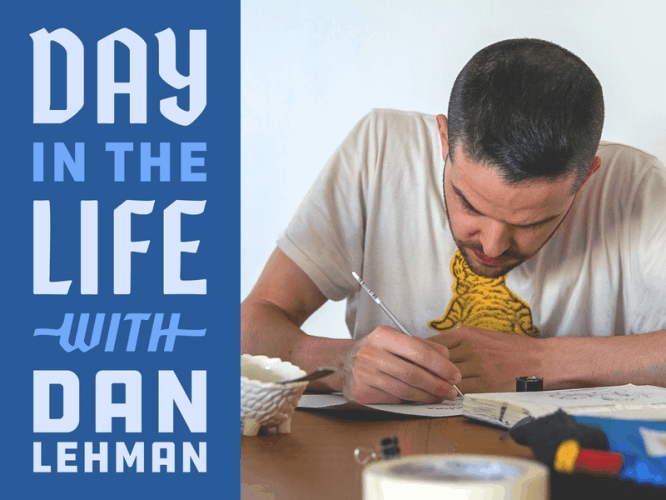
Career prospects for designers
All people working in this field are called designers. However, there is a wide variety of these very designers: brand designers, packaging designers, character designers. The most successful ones may generally hold the position of artistic or creative directors.
One of the best ways for a young designer to gain experience and expand a portfolio is to work for a young company. Often, aspiring studios create teams of young designers, led by one or more experienced professionals, to bring their designs to life.
There is also an option with work in an agency that will select clients for you. It’s also pretty good for a beginner.
Finally, you can work from home – freelance. However, this is not so easy because you have to look for orders yourself. Even a year or two of working with an agency or some company can give you a lot of experience and help you make a name, which will later help you work for yourself.
However, whether you do a little bit of everything, or specialize in a specific area, work from home or in the office, continually developing and improving your skills is key for any designer on the road to success. Moreover, in the modern world, where everyone is in constant motion and is constantly improving, it is necessary to keep up with general trends in order to remain competitive.
Source: Dribbble

